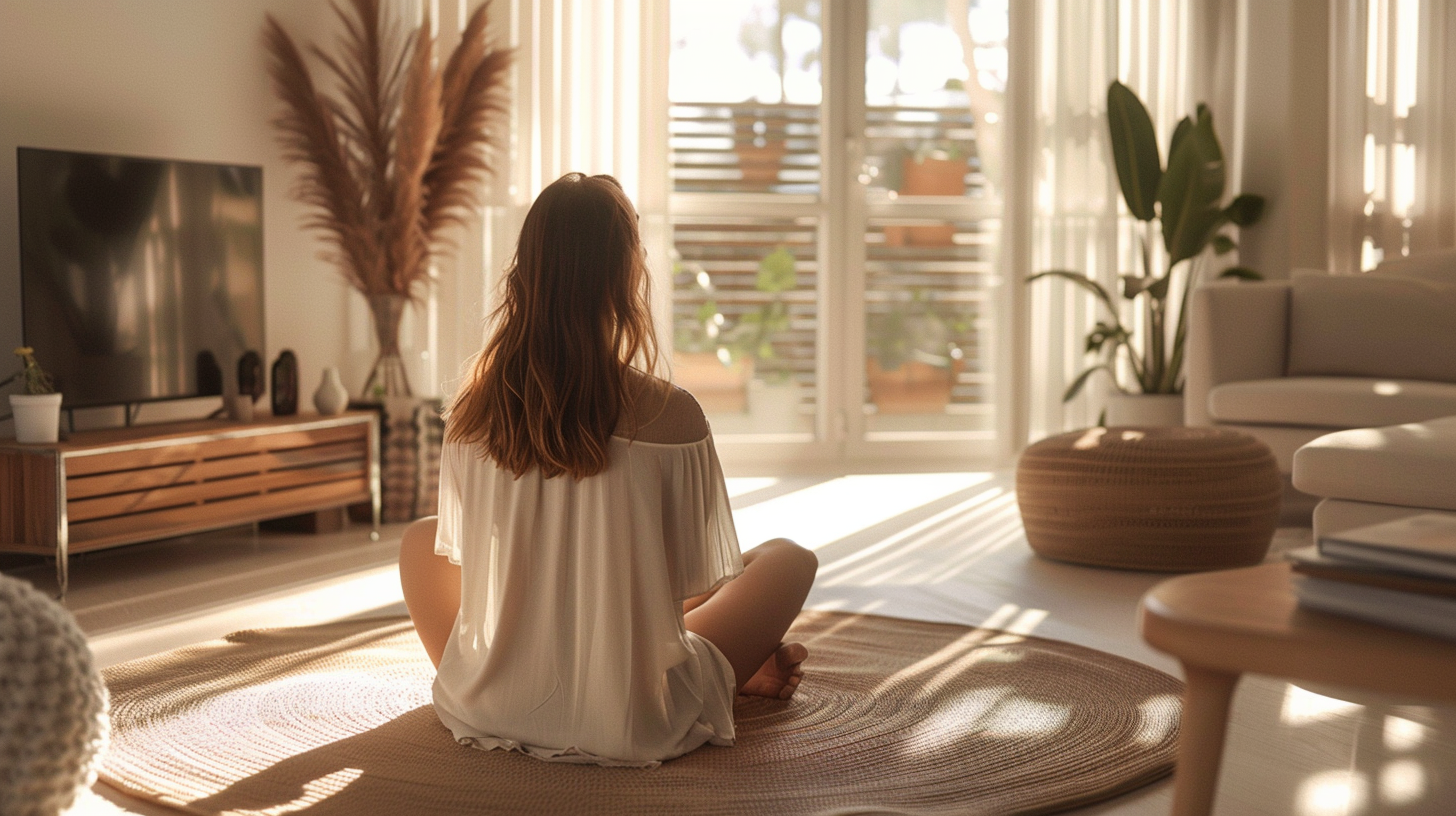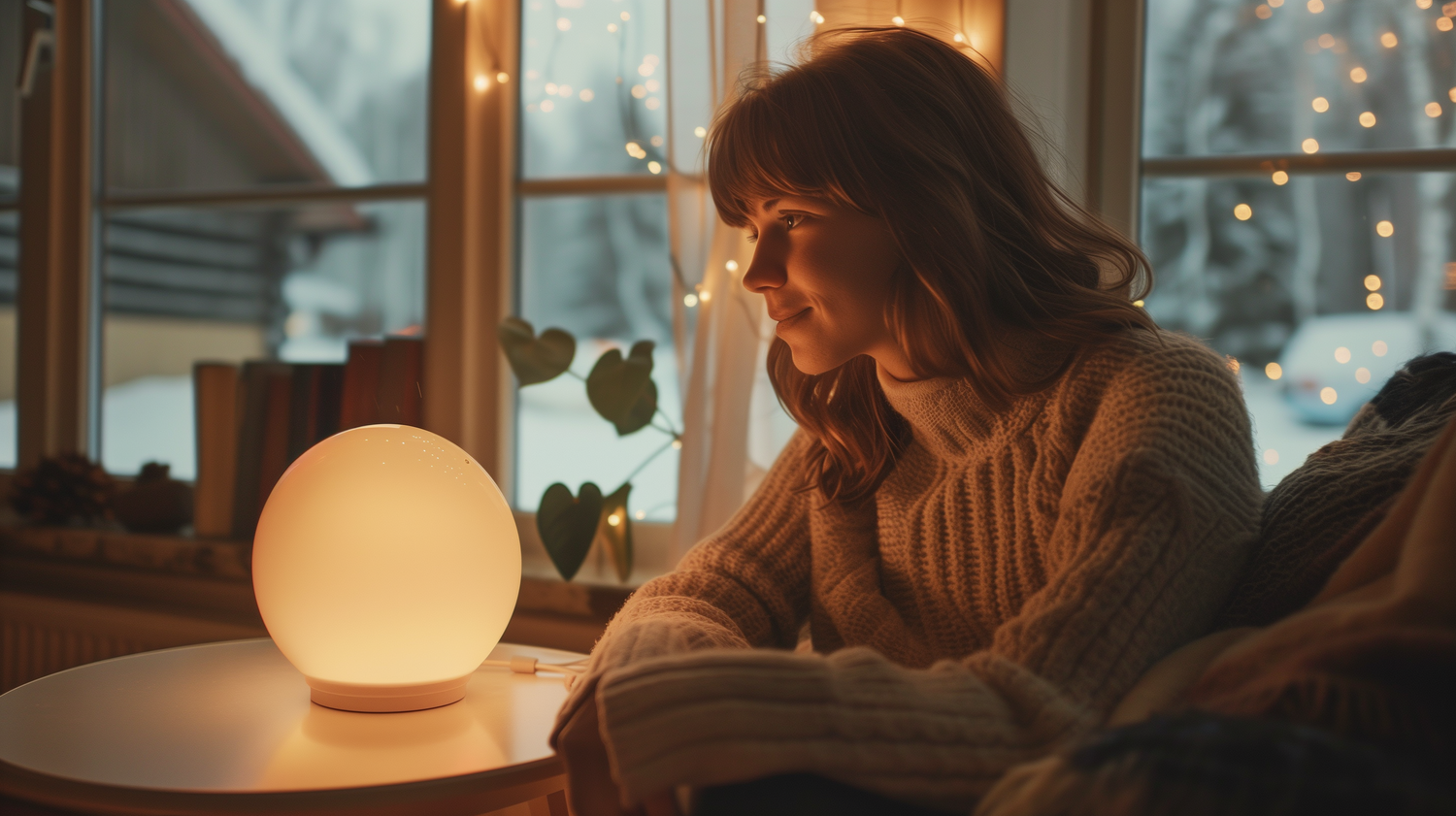LED (Light Emitting Diode) lights can be very effective in helping plants grow. LED grow lights provide a specific spectrum of light that is crucial for photosynthesis, the process by which plants convert light energy into chemical energy to fuel their growth.
Here are some key points regarding how LED lights help plants grow:
-
**Spectral Output:**
- LED grow lights can be designed to emit specific wavelengths of light that are optimal for plant growth. They can provide a targeted spectrum, including blue and red light, which are essential for different stages of plant development.
-
**Energy Efficiency:**
- LED lights are energy-efficient and emit less heat compared to traditional light sources like incandescent or high-intensity discharge (HID) lamps. This allows you to place LED grow lights closer to plants without risking heat damage.
-
**Customizable Spectrum:**
- Many LED grow lights are adjustable, allowing you to customize the light spectrum based on the specific needs of your plants during different growth stages. This flexibility is beneficial for various types of plants and their growth requirements.
-
**Long Lifespan:**
- LED lights generally have a longer lifespan compared to traditional light sources. This longevity makes them a cost-effective and durable option for indoor plant cultivation.
-
**Low Heat Emission:**
- As mentioned earlier, LED lights produce minimal heat. This is advantageous in indoor gardening because it reduces the risk of overheating the plants, especially when lights need to be placed close to them.
-
**Full Spectrum Options:**
- Some LED grow lights provide a full spectrum that closely mimics natural sunlight. Full-spectrum lighting is beneficial for overall plant health, promoting robust growth, flowering, and fruiting.
-
**Energy Savings:**
- LED grow lights are known for their energy efficiency, leading to lower electricity bills compared to traditional lighting options. They convert a higher percentage of energy into usable light for plants.
When using LED grow lights, it's important to consider the specific light requirements of the plants you are growing. Different plants may respond differently to various light spectra, and adjusting the light intensity and duration based on their needs can optimize growth.





